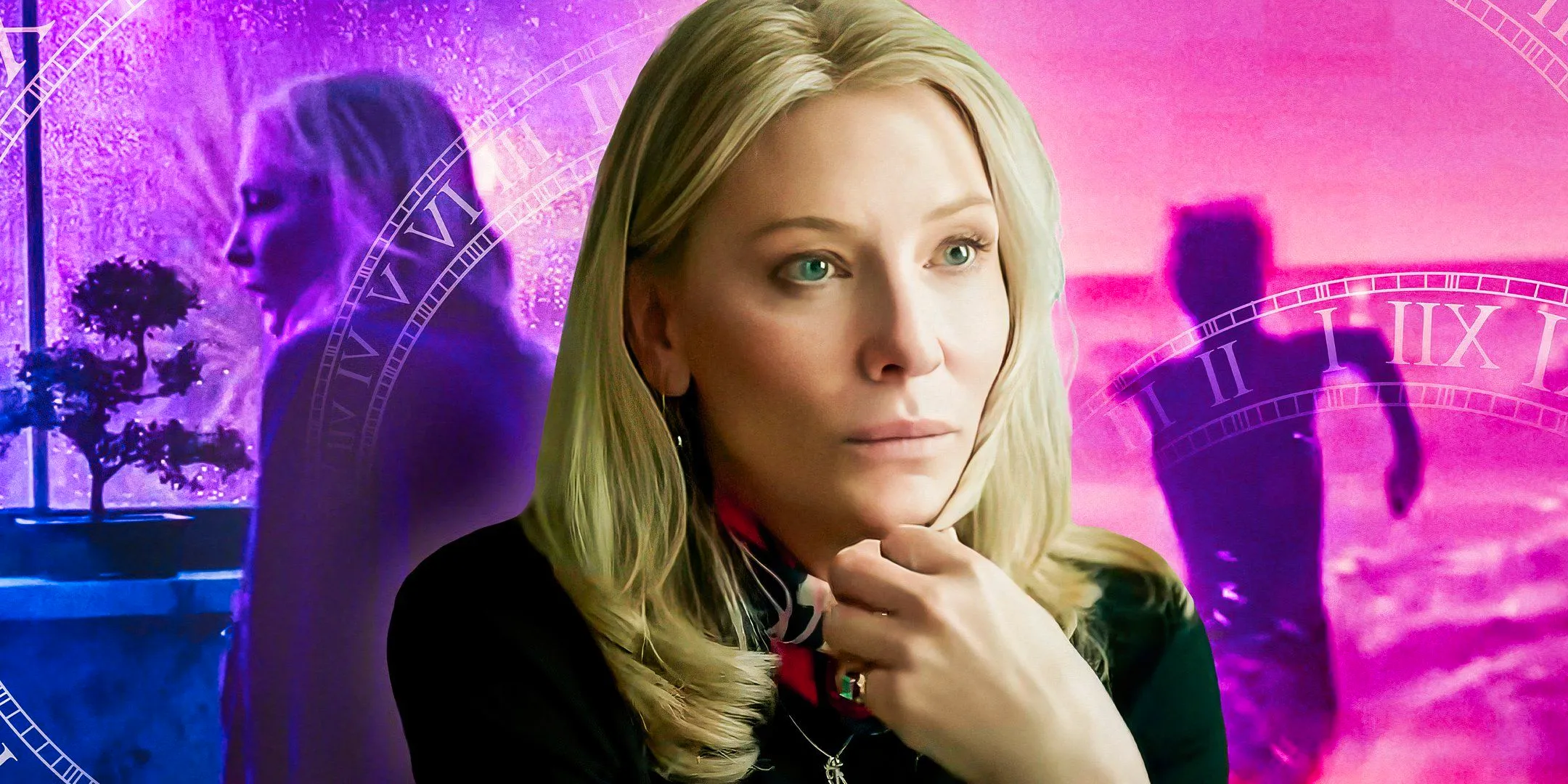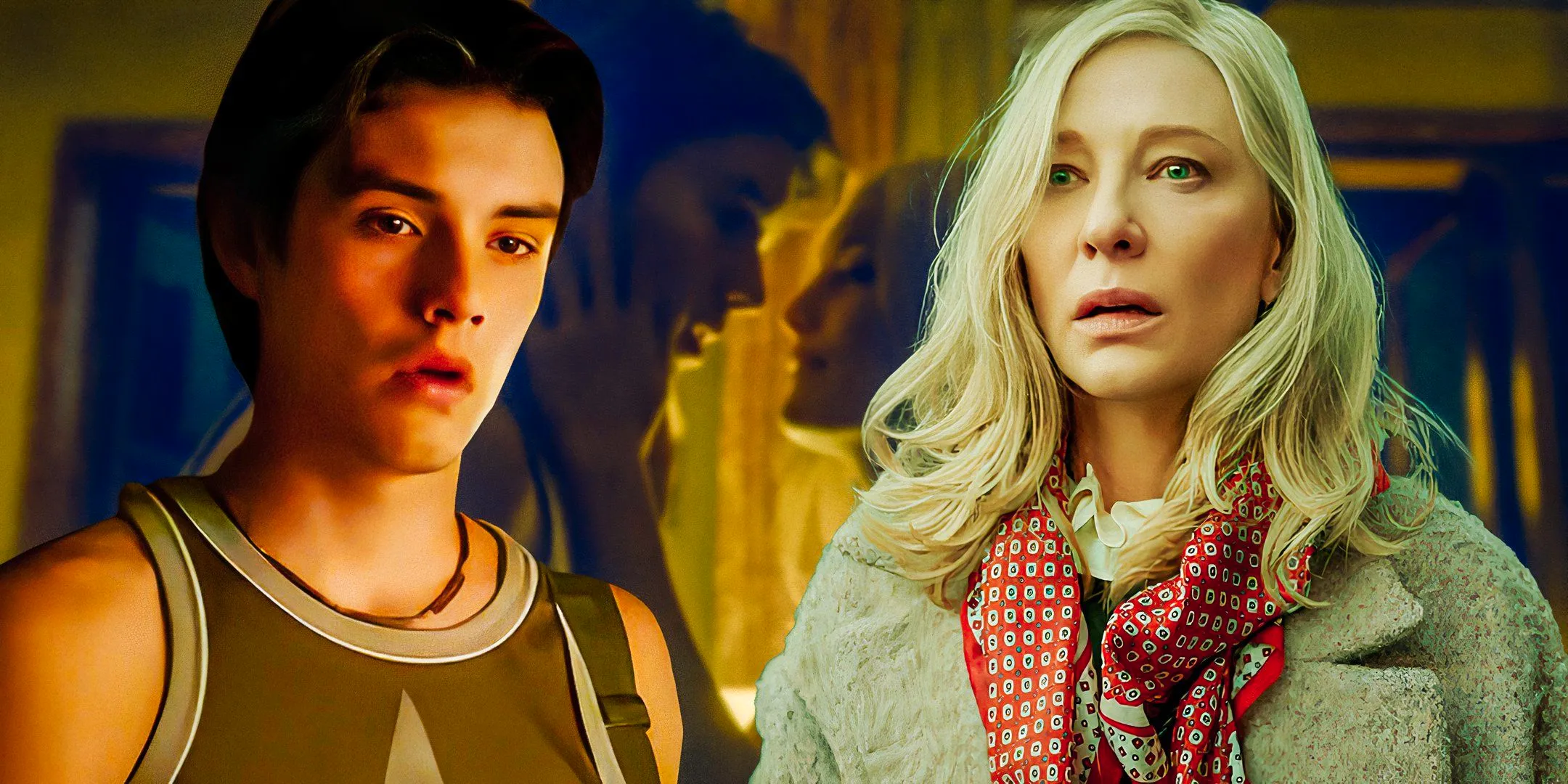Apple TV+'s Disclaimer: Unraveling the Truth Behind Catherine and Jonathan's Affair
Disclaimer: Is the Show Lying About Catherine and Jonathan's Italian Affair?
Apple TV+'s new mystery thriller, Disclaimer, starring the amazing Cate Blanchett, centers around a scandalous affair between Catherine Ravenscroft and Jonathan (a dark secret revealed through a mysterious novel), which resulted in tragedy. The show is based on Renée Knight's 2015 novel, and the early episodes depict their intense, passionate encounter; yet several events trigger suspicions, raising massive questions regarding the reliability of information itself; specifically in how various people and circumstances shape and affect the telling of an event and which individuals or viewpoints dominate this telling.
Directed by the two-time Oscar-winning Alfonso Cuarón, this series—already a hit with critics (78% on Rotten Tomatoes!)—is told in seven parts, with its finale dropping on November 15th. This mystery-thriller is full of intense plot developments, showcasing the unreliable nature of memory and perspective; making this intriguing psychological journey a perfect fit for anyone who likes compelling mysteries, intense twists, and those psychological character studies.
Jonathan's Death: Drowning Accident or Something More Sinister?

Episode 4 shows Jonathan drowning after rescuing Catherine's son, Nicholas, from the sea; making it seem completely straightforward and a typical “hero saves the day” arc. However, the series questions this; introducing uncertainty and potential untruthfulness regarding how accurate the novel's depiction really is! The novel's author, Nancy (under the pen name EJ Preston), is an unreliable narrator, hinting strongly that this is far more than what it actually appears on its surface; potentially a fabrication of that exact truth which makes that plot entirely questionable. She deliberately wants to use the novel to destroy Catherine’s life. This completely upends how accurate those details around this encounter would really be; the initial dramatic portrayal and descriptions really made this key plot pivotal.
Stephen (Jonathan's father) doesn’t really notice some important details which would question the nature of events themselves and doesn’t explain those specific moments in great detail and only shows a simple overview. That fact is rather unusual: Jonathan's lack of facial swelling during a drowning accident. It’s a notable oversight– implying an even darker truth, something more sinister than a simple accidental drowning which remains important for highlighting a specific clue hidden throughout those initial episodes and adding immense intrigue for the continuation and exploration for these important details, especially after that initial impression left upon the viewer!
A Romanticized Reality: Is the Italian Affair a Work of Fiction?

After episode 4, we question those early episodes in Italy; the overall visual style hints toward a narrative that is unreliable. The glossy images of paradise and the almost over-the-top depictions of the characters imply these scenes were wildly dramatized. It leaves that ever-important ambiguity that Disclaimer excellently delivers—the idea that reality and those subjective narratives shaping how events are experienced depend entirely on viewpoints and various circumstances. Could a vastly different interpretation completely change the story, emphasizing that a different outcome exists by shifting just a perspective. And is this a possibility for Disclaimer’s plot?
Catherine's Cold Calculation and Jonathan’s Mysterious Mark

A key detail shows how Catherine witnessed Jonathan's struggle without attempting to help; the implied reason; her awareness that those potential lifeguards approaching mean Jonathan would live. This is interpreted as her belief that a dead Jonathan was better, implying that her own feelings towards him remained cold even at this pivotal and life-threatening moment; which also makes for some extremely compelling questions that might not entirely become answered during that timeframe and creates anticipation for additional explanations. This shows how Catherine might have created this sequence of events through other means, not a simple accidental drowning and the initial interpretations become almost questionable due to that moment's immense symbolic significance.
That cut on Jonathan's arm? Another potential clue; as seen briefly, it hints at a very violent moment and could suggest a scenario that involved Catherine and Jonathan’s interactions differently! That mysterious cut could suggest the involvement of Stephen's knife (the tool’s existence becomes critically highlighted within certain scenes within those early episodes), adding another layer toward creating that ambiguous depiction and the reasons for emphasizing certain specific details! That moment truly delivers exactly why that cut remains unexplained throughout and would create the basis for other additional explorations and explanations later on in that very particular story.
The Trauma, the Photos, and Nancy's Truth (or Fiction)

Catherine's reaction after reading The Perfect Stranger— intense sickness, sensual photographs — points toward a truly devastating and traumatic event surrounding that relationship! Yet her own motivations remain unexplained and even further reasons for her later responses may create far more ambiguity and further storytelling possibilities for exploring Catherine's character and her motivations! This implies Catherine’s desire to suppress and deny her entire history for long period of time could finally break down, showing those impacts she has now, much later, emphasizing that many events are never truly solved and the impacts of specific people remain unknown to certain characters. It would've resulted in that painful and shocking moment: This exposure is truly heartbreaking, completely shattering her previous self-image. The show then shows us how this changed Catherine.
And it brings questions regarding Nancy's perspective. The details present in The Perfect Stranger, her interpretations might mostly rely on media and possibly even fictionalizing to generate an understanding she finds helpful for herself, showing the dangers of speculation regarding others without using adequate understanding or context!
Conclusion: Disclaimer's Masterful Use of Ambiguity

Disclaimer is expertly done! The ambiguity around Catherine and Jonathan's affair creates a massive suspense that forces viewers to examine events from various perspectives, generating an extremely compelling narrative which highlights those elements most lacking: questioning everything! It’s a mystery thriller done perfectly: this exploration uses creative suspense throughout, showcasing its incredibly unique storytelling techniques, all of which makes every moment deeply thought-provoking. This brilliantly delivered suspense will linger long after the finale.



